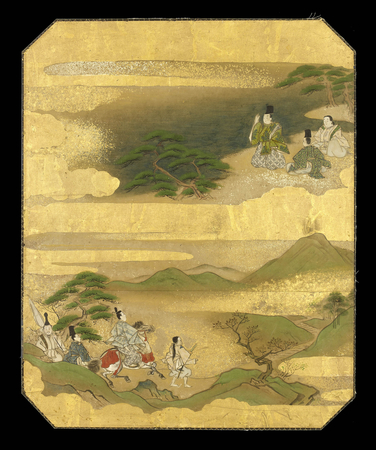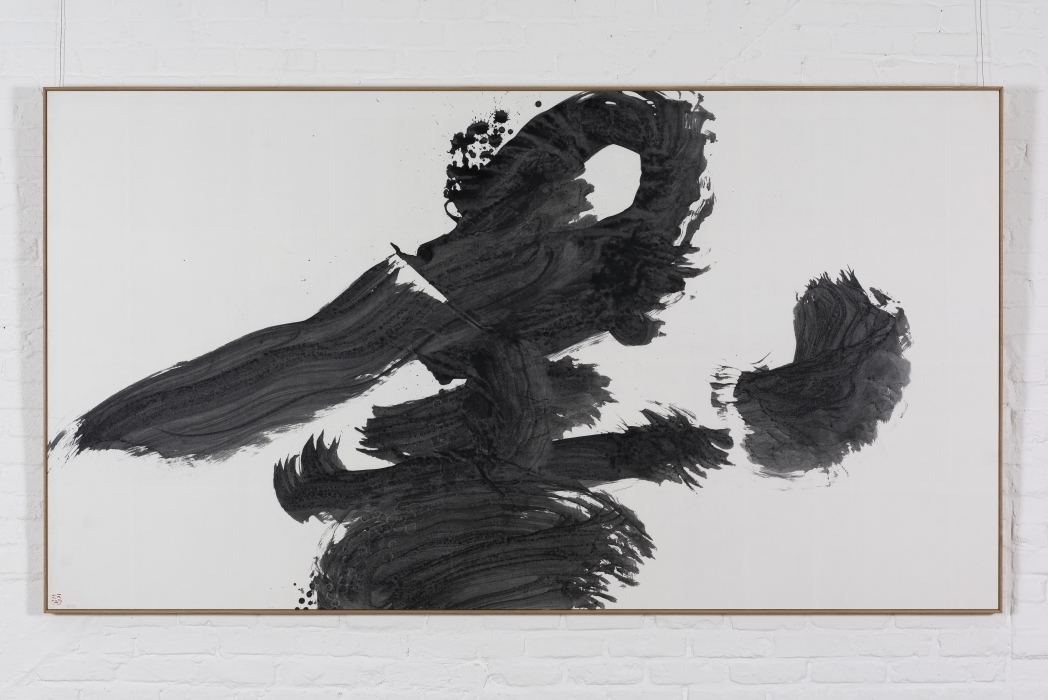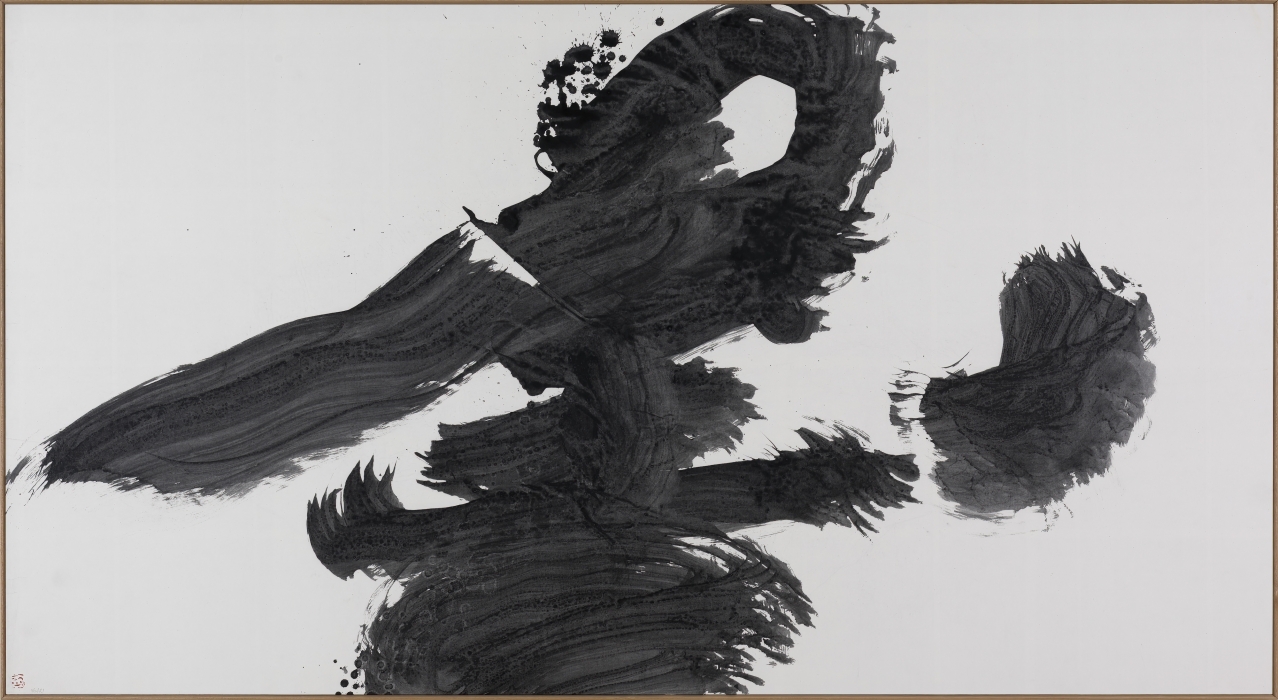Product Description
6491 A panel with scenes from Ise Monogatari (the Tale of Ise)
Japan Edo period 18th century
Dimensions:
Painting: H. 17¾” x W. 14½” (44.5cm x 36.5cm)
The ‘Tale of Ise’ (Ise monogatari), 10th century is one of the most important texts of Japanese literature. It is a loose collection of medieval Japanese poems with brief prose introductions. This anonymous work is the oldest in the uta monogatari, or “poem tale,” genre. Although composed mostly of waka, a Japanese poetic form, the prose prefaces to these poems give the work a unique flavour, anticipating later developments in Japanese literature. Most of the poems deal with the amorous exploits of an unnamed lover, who is traditionally, identified as Ariwara no Narihira (825-80), one of the six “saints” of Japanese poetry. Ever since the 11th century, when the ‘Tales of Ise’ came to be seen as a kind of cultural icon, generations of scholars and writers have been puzzling over the numerous problems the text poses. While some may read the episodes as semi-biographical account of the romantic pursuits of Ariwara no Narihira; others have hailed the text as expressions of ‘true Japanese spirit’. There are 209 poems comprising the 125 sections of the work, and each section is a clever and elegant meditation on love outside of marriage.






